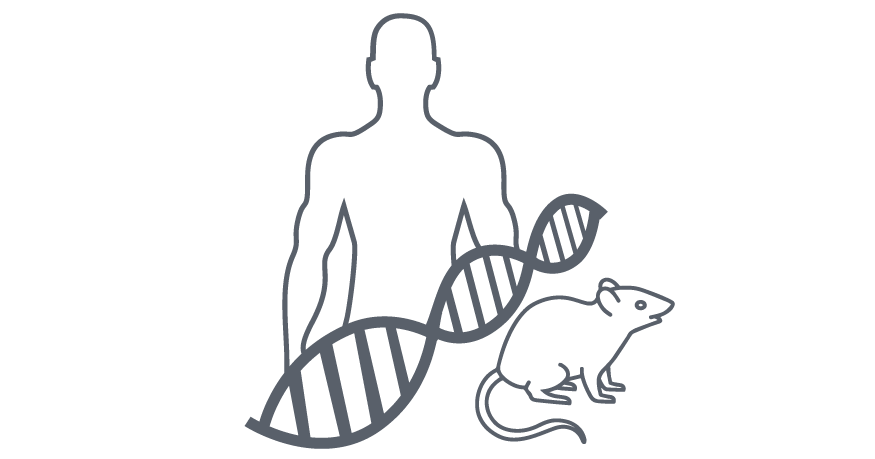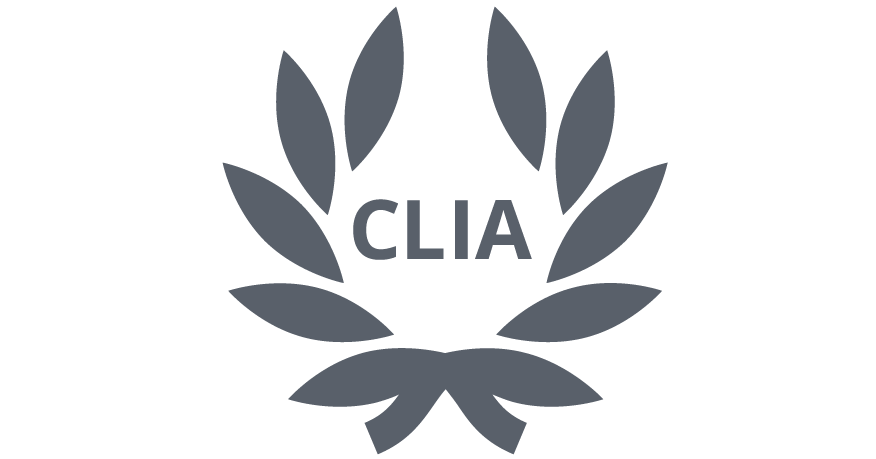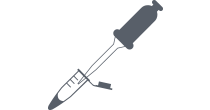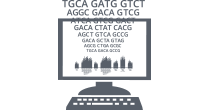Whole Exome Sequencing
Whole exome sequencing (WES) investigates genetic variations of underlying diseases such as cancers, Mendelian diseases, and complex human disorders. This method targets protein-coding regions responsible for disease-related variants, providing a more cost-effective approach than whole genome sequencing (WGS).
We offer customizable human and mouse WES solutions at the research-use only (RUO) level and clinical whole exome sequencing solutions in our CLIA-certified and CAP-accredited lab.
How does whole exome sequencing work?
Whole exome sequencing works by using capture probes (synthesized oligonucleotides) or baits designed to specifically hybridize the exons (coding portions of genes), rather than enriching all the genomic DNA. Library preparation comes next, wherein sequencing adapters are added to the enriched protein-coding DNA fragments and sequenced via high-throughput sequencing, often next generation sequencing (NGS).
What is an exome sequencing sequence?
An exome sequencing sequence is the protein-coding region of the genome, known as the exome, that is sequenced via next generation sequencing (NGS). The resulting sequencing data is then used to identify genetic variants and influences on disease.
Verify your final targets of interest using GENEWIZ confirmatory sequencing service.
Exome Sequencing Coverage For Any Application
-
50x coverage
(~5 Gb output)
Germline variant discovery
Uncovering disease-associated genotypes -
100x coverage
(~10 Gb output)
Somatic mutation discovery
Tumor/normal sequencing -
≥200x coverage
(20+ Gb output)
Low frequency mutation detection
Measuring tumor mutational burden (TMB)
Features & Benefits
Exome Sequencing Workflow
1. Hybridization Capture
Fragment gDNA, bind probes to exons, and pull down
2. Library Preparation
Add adapters to exon-enriched DNA
3. Sequencing
Sequence 2×150 bp on Illumina® platform
4. Data Analysis
Identify SNVs, INDELs, gene fusions, and CNVs
Technical Resources
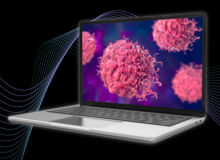
Webinar | Non-Classical Sources of Tumour-Specific Antigen in Checkpoint Inhibitor Response
Developing immunotherapies for cancer can be difficult due to the variation of immune response from patient to patient. In this webinar, Dr. Litchfield from UCL Cancer Institute presents his team’s exploratory research using a multiomics approach to better understand the diversity of immune response to cancer and highlights their findings of an alternative source of a tumour-specific antigen in checkpoint inhibitor (CPI) response.
NGS Platforms
For information on our NGS platforms as well as recommended configurations of your projects, please visit the NGS Platforms page. GENEWIZ from Azenta does not guarantee data output or quality for sequencing-only projects.







